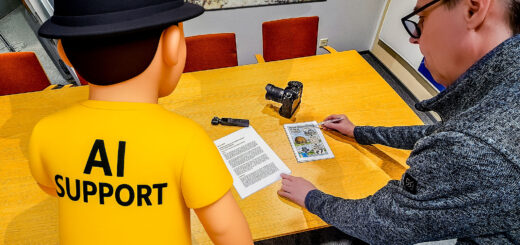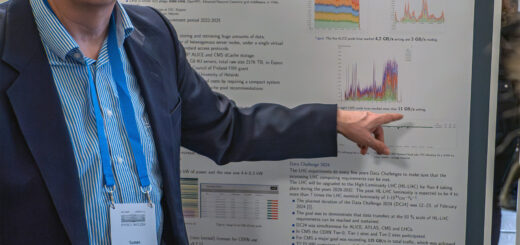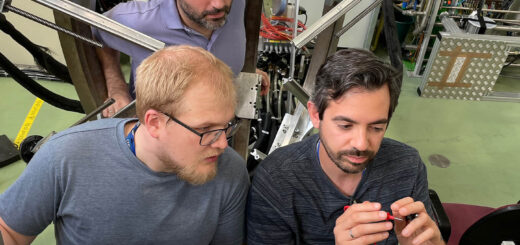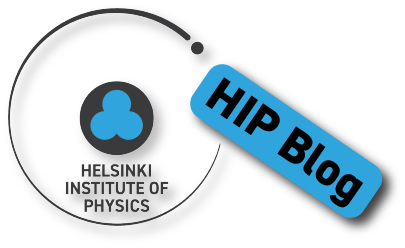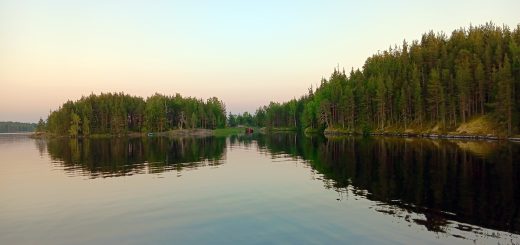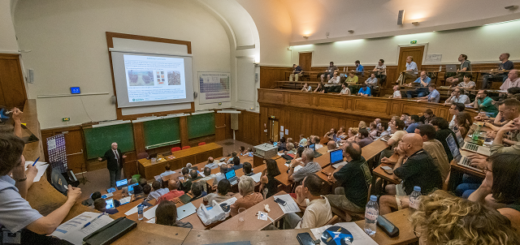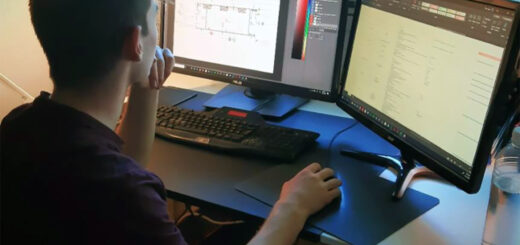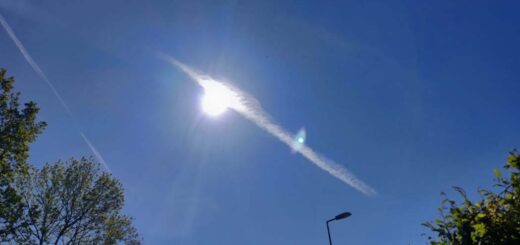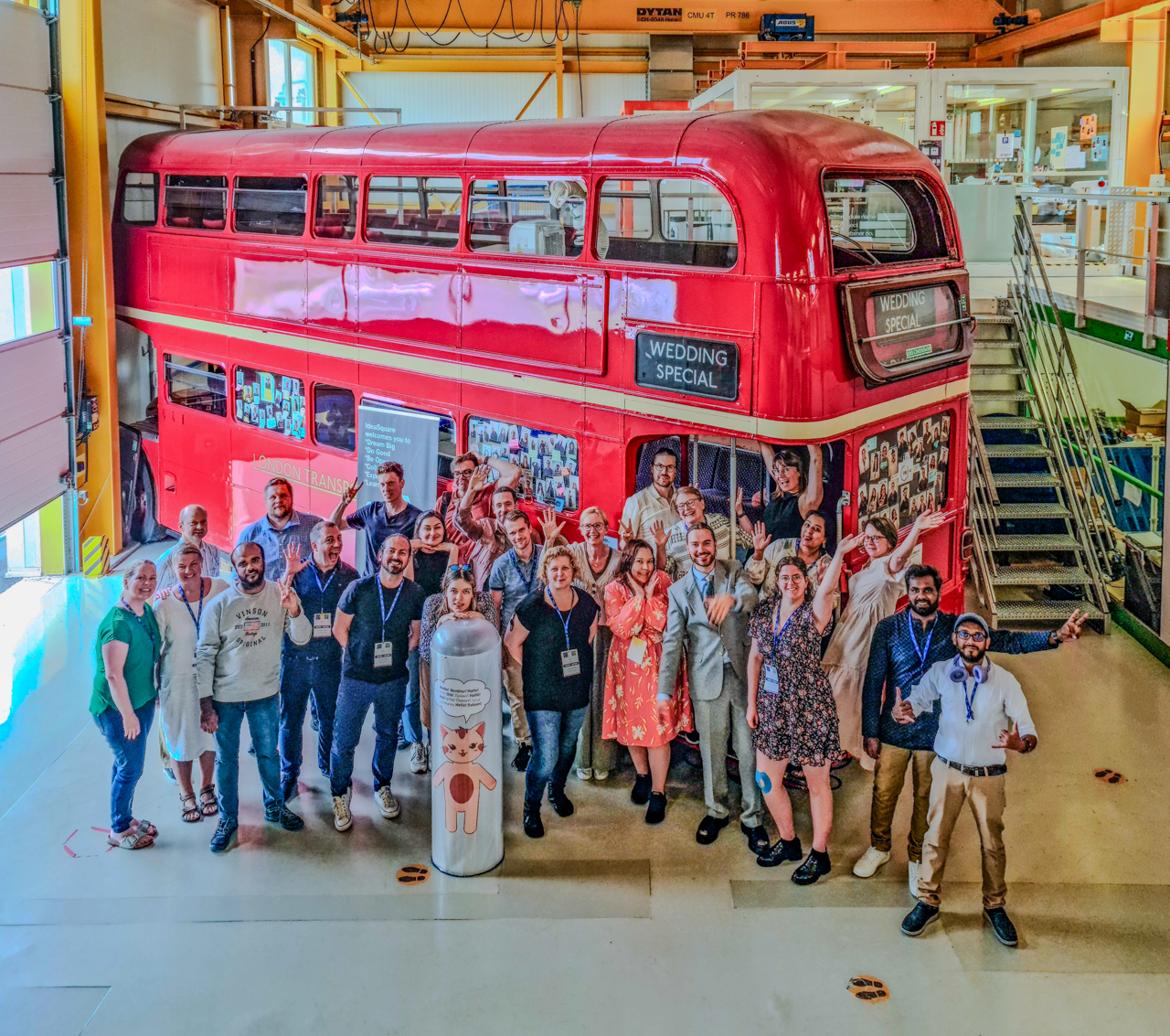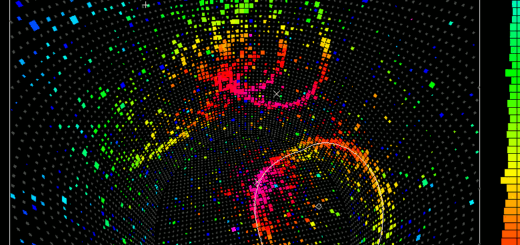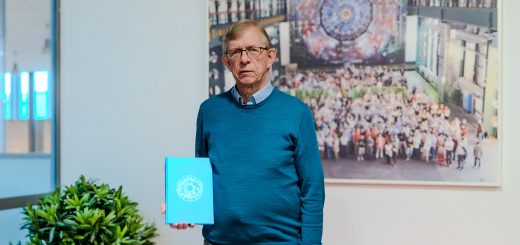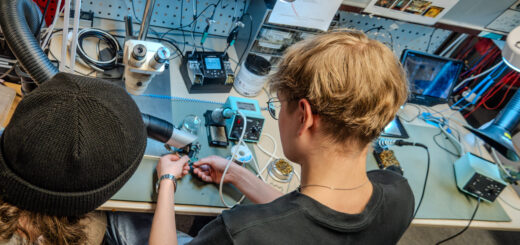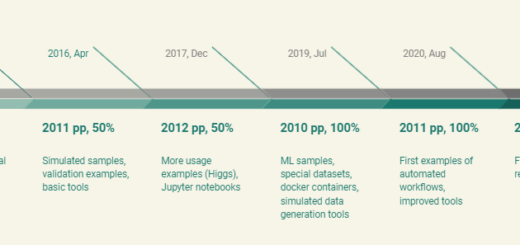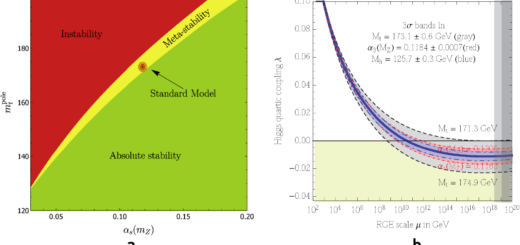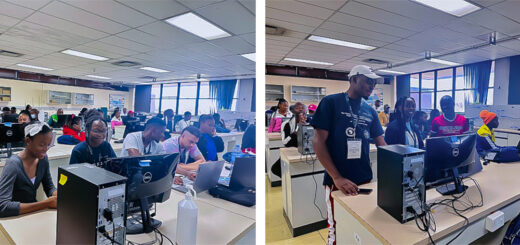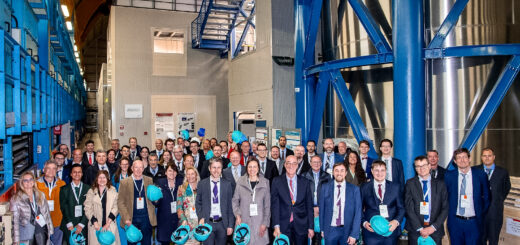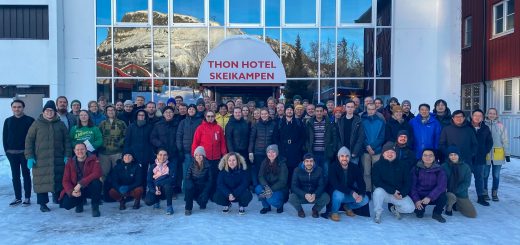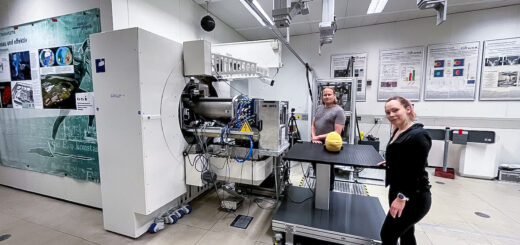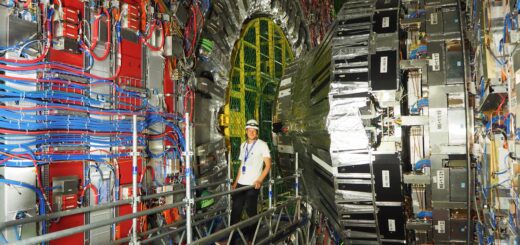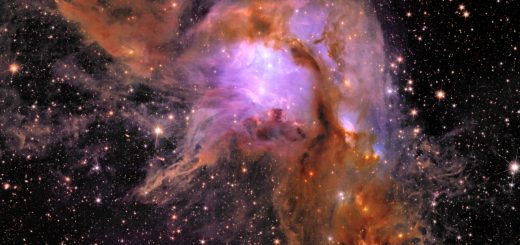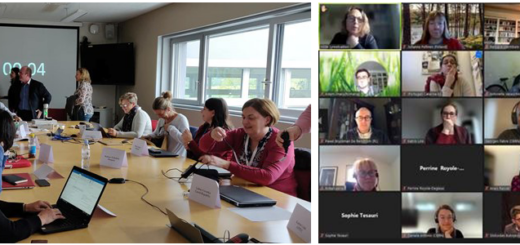The Kilpisjärvi Effect: How Wonders of Nature and Time Spent Together Are Accelerating CMS Physics in Helsinki

On Sunday evening of March 4th, 15 members of the HIP CMS Programme set off on a train towards Kolari, with the Kilpisjärvi Biological Station as their destination. Nestled in the northernmost part of Finland, this station offered much more than just the essentials for a successful retreat; we benefited from excellent food, frost-laden landscapes, intense sunshine and clear skies, northern lights, hiking to Saana, and Nordic skiing.

The purpose of this four-day retreat was multifaceted. It aimed to foster a sense of community among both the newly joined and longstanding members, enabling us to share insights, discover synergies, and collaboratively plan the work for this year and beyond. All that happened in the quietude of Lapland, away from the distractions of everyday life.
Overview talks of the many physics-analysis and calibration-related activities started already on the evening of arrival, setting the scene for all of us. Through the ERC-funded JEC4HL-LHC project and the Research Council of Finland-funded ForVVard project, two new postdocs and several doctoral researchers have joined the group at the beginning of the year, contributing to a sizable growth of the group. Furthermore, we are experiencing inspiring times for collider physics with LHC Run 3 in full swing, an upgraded detector for new physics opportunities at HL-LHC around the corner, and lively discussions about future colliders becoming concrete, making the retreat particularly timely.
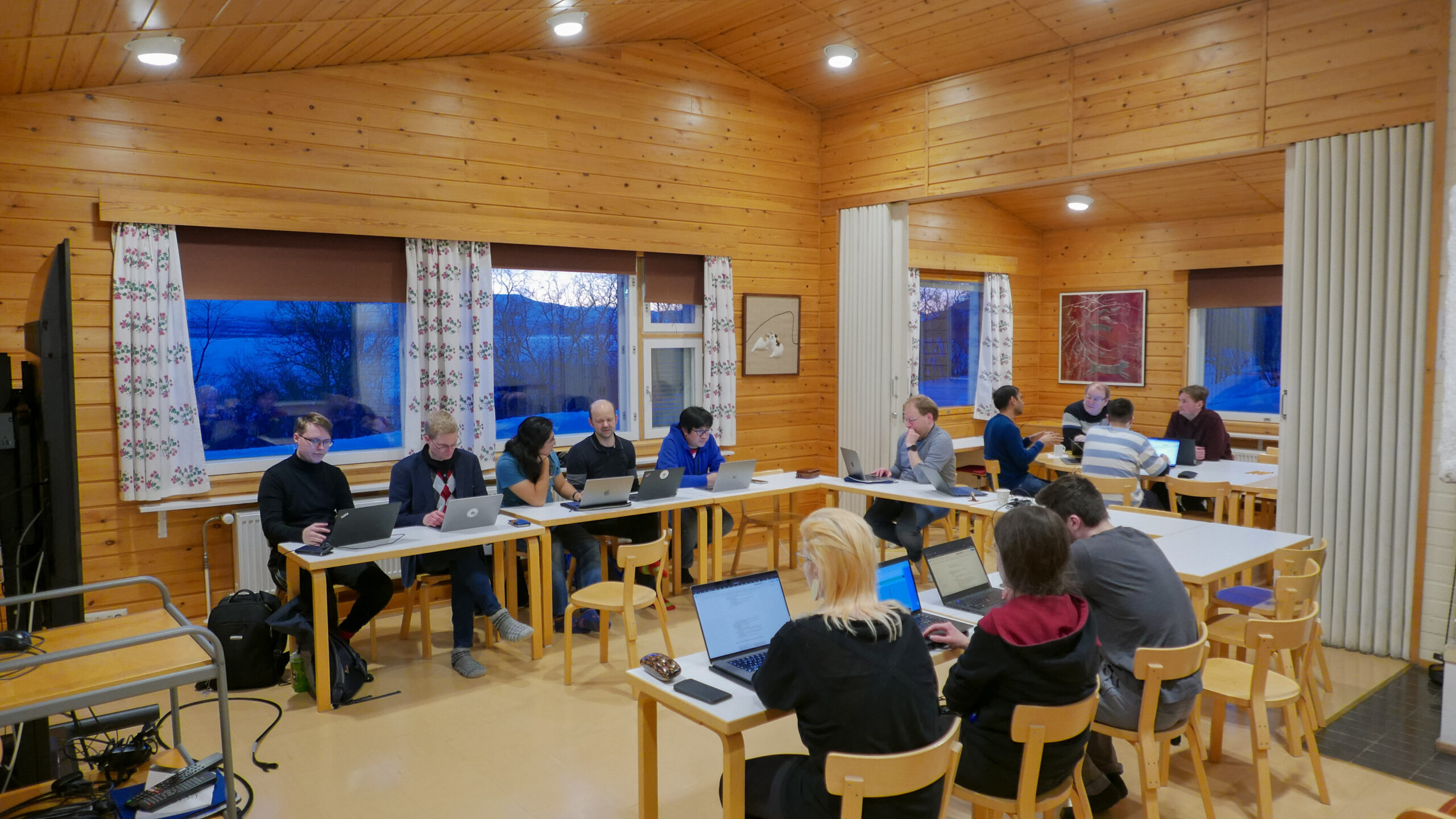
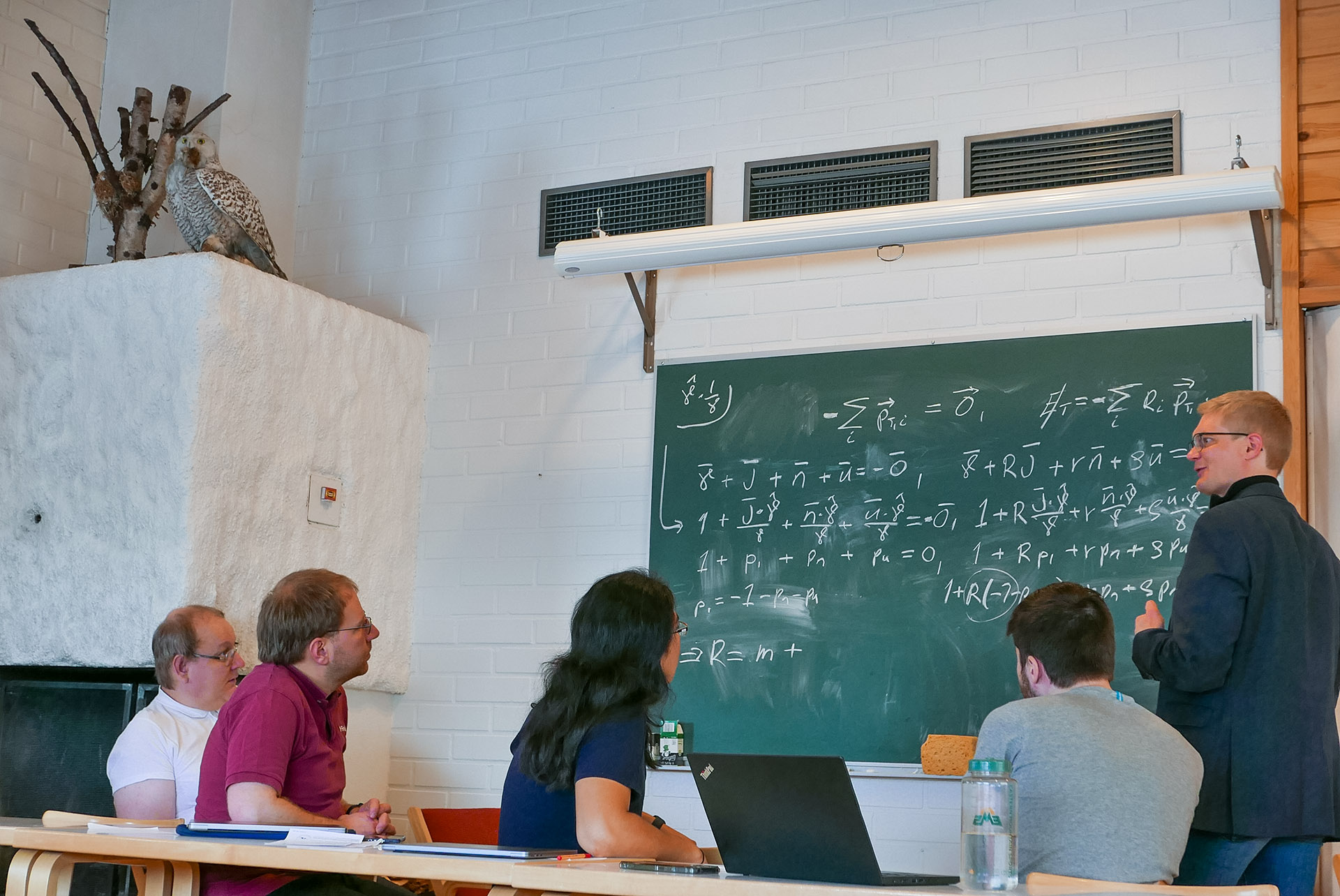
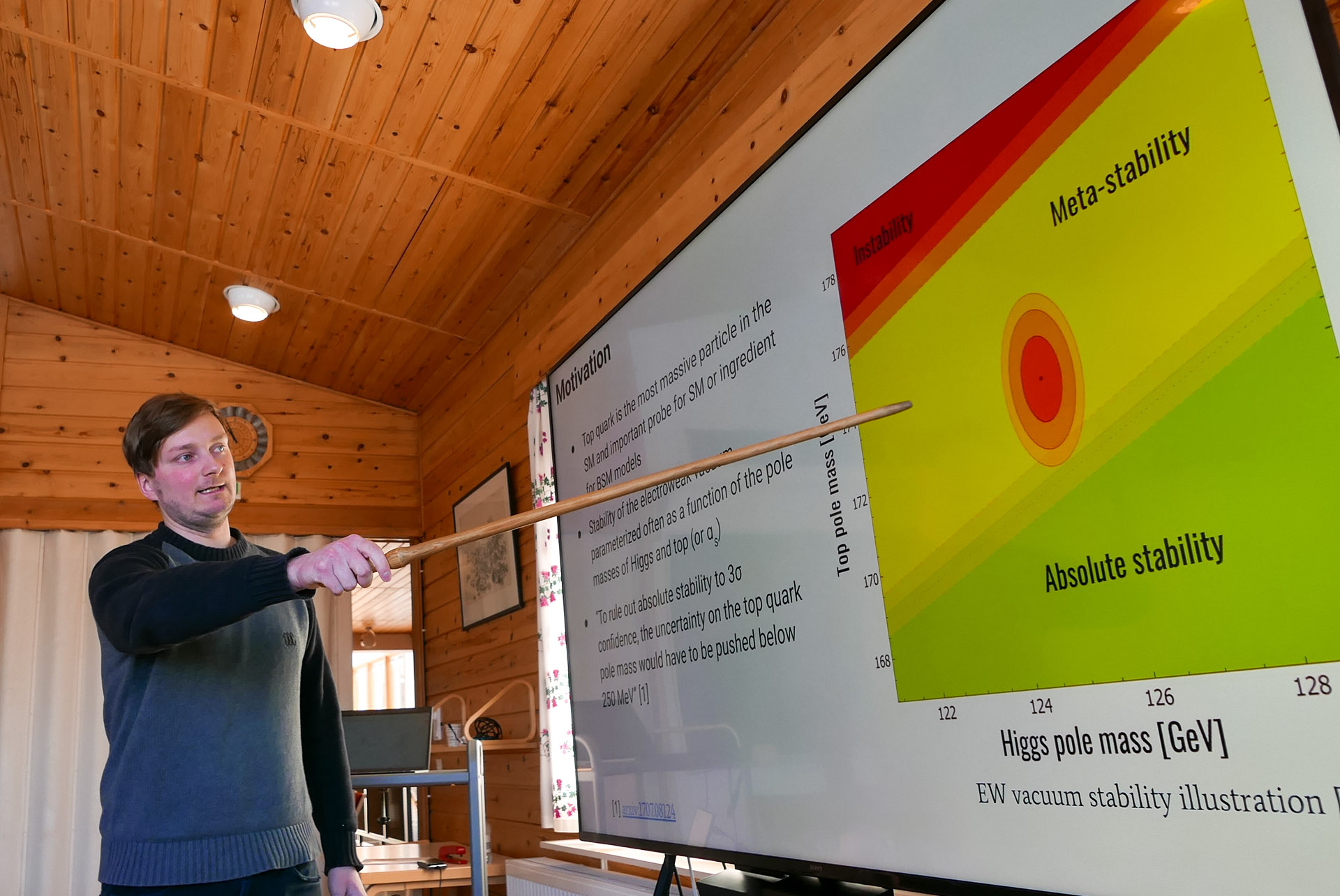
The scientific programme included in-detail sessions, following a bottom-up approach starting from different physics objects, via various calibration channels, and hardware level (L1) and software (HLT) trigger developments, all the way to the ambitious current and future physics analysis program of the group. Alongside, we enjoyed carefully prepared tutorials: how to propagate low-level reconstruction changes through the CMS software all the way to jet energies; the statistical interpretation of physics results; and the intricacies of the methods to determine the jet energy to permille precision.
In addition, we successfully held a hackathon, e.g. working out research-related matters concerning how to use the HIP computing facilities, and how to share code, tools, data and knowledge. Besides, practical matters for beginning doctoral researchers were discussed, e.g. grant applications, matters of the doctoral programme in UH, CMS service work and authorship, various steps to get the doctoral thesis reviewed etc.
Getting a full overview of the many activities gave new insights for all of us and while the to-do lists grew during the retreat, it was a pleasure to fill them with many exciting new leads.
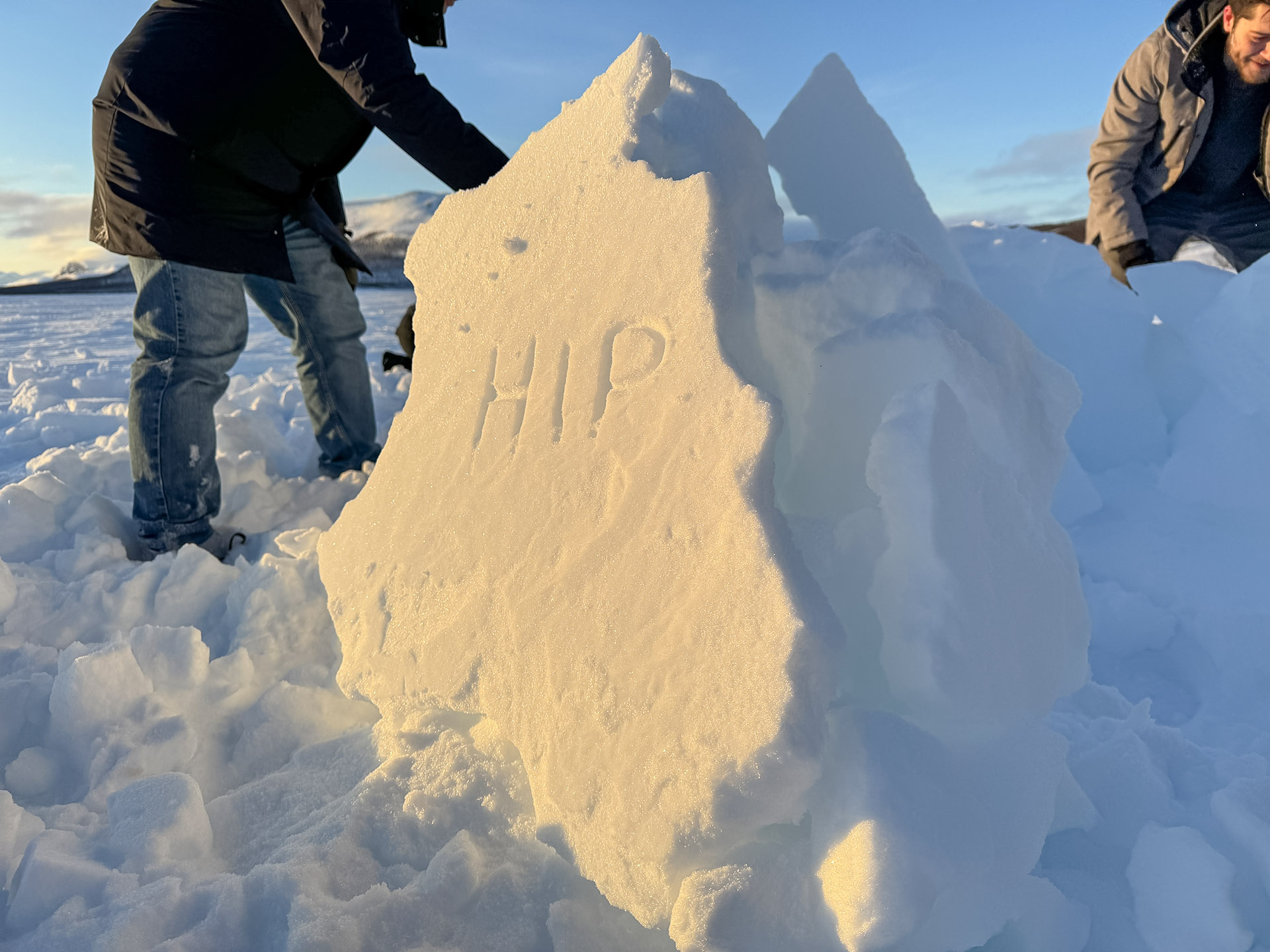
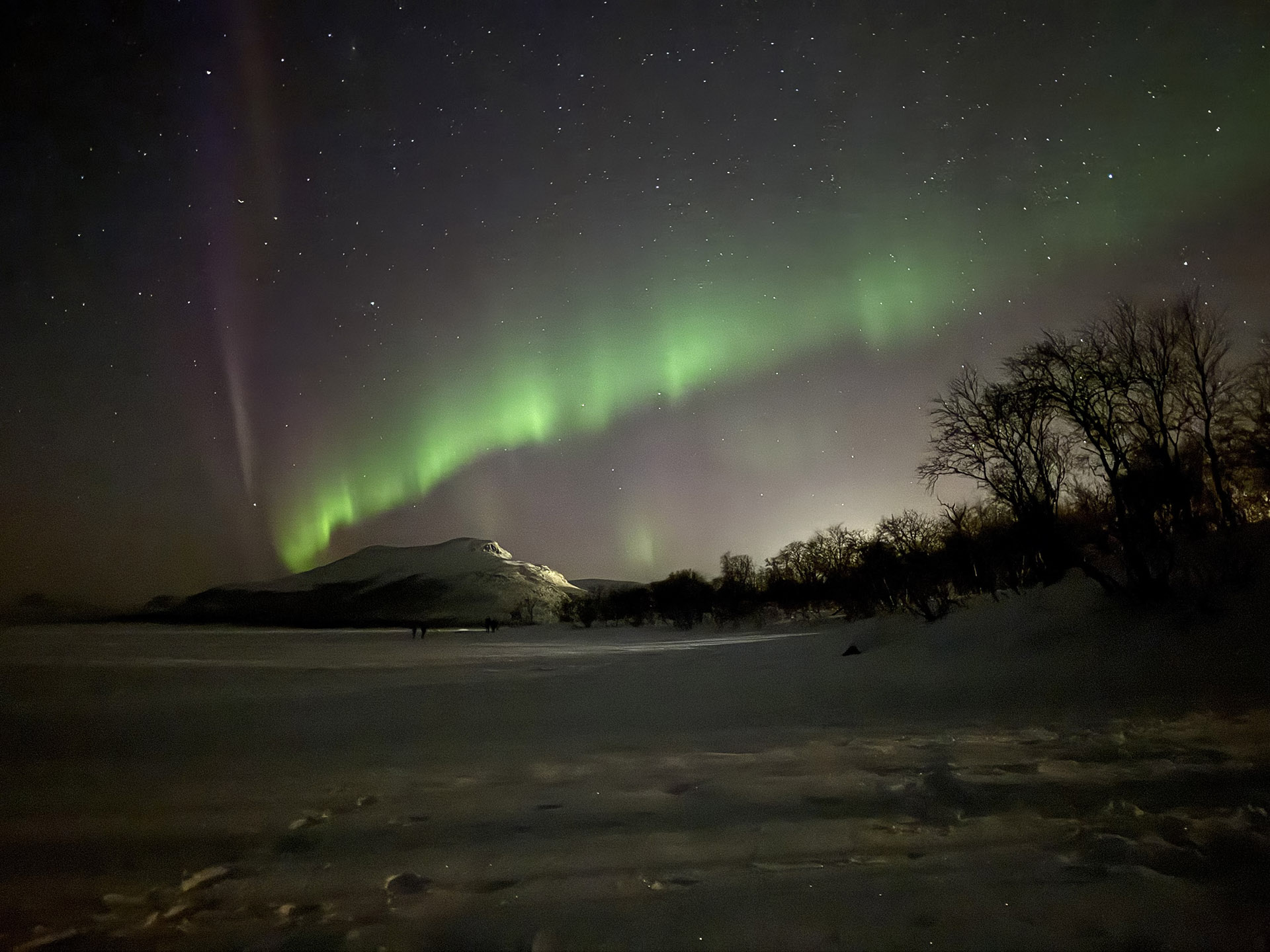
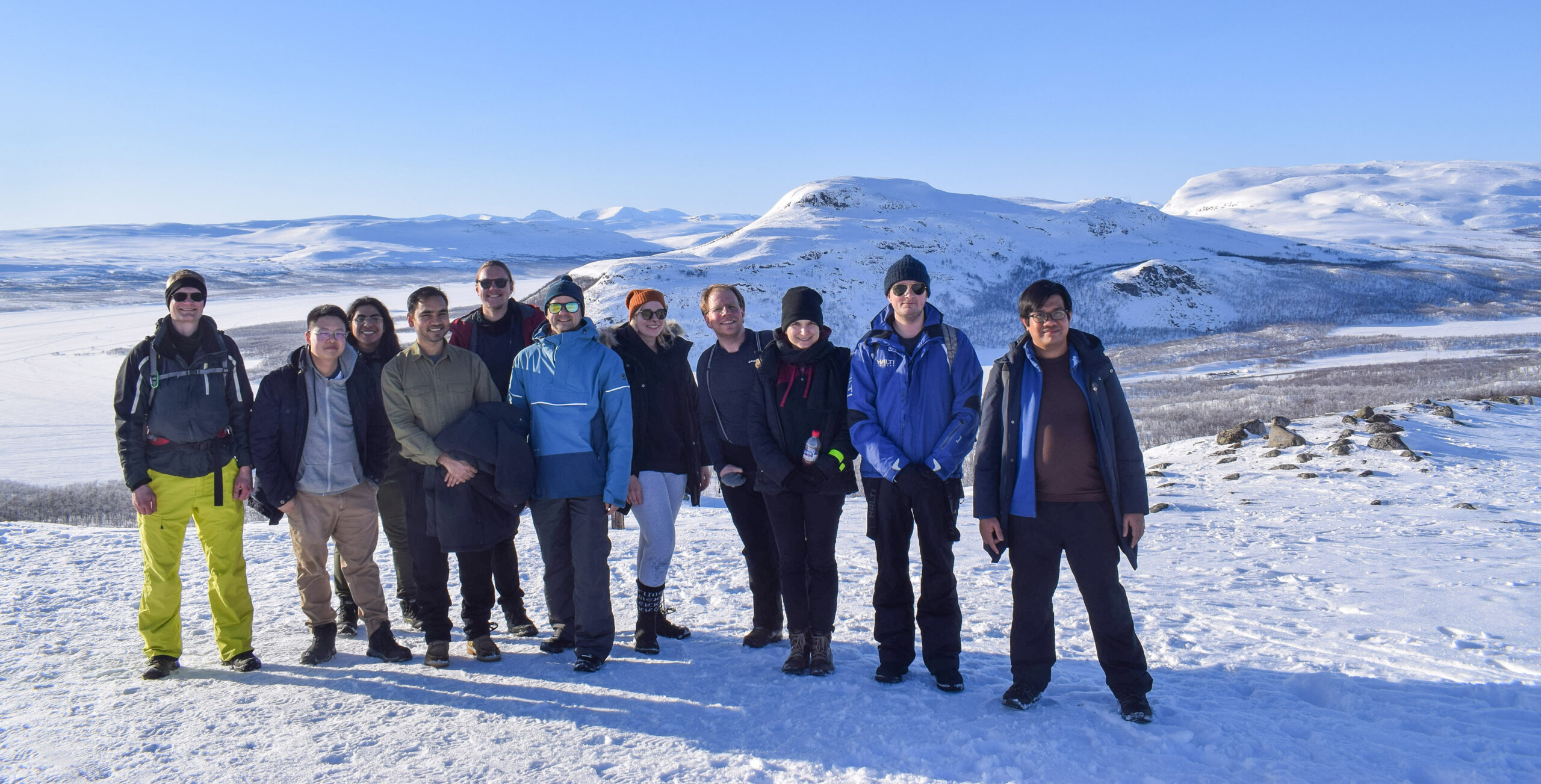
The retreat was not only a testament to the group’s commitment to scientific excellence but also an opportunity to draw inspiration from the natural beauty of Lapland. The plentiful display of stars in the clear sky and of the northern lights across it served as a powerful reminder of the mysteries of the Universe that we strive to unravel through our work in particle physics. Hikes and cross-country skiing during the lunch breaks were astounding. It was equally fascinating to hear from the research coordinator of the station Anu Ruohomäki about the biological research work carried out by the station. We also learned about research on water circulation in ice-covered lakes by visiting geophysicists and a visiting artist’s work on transforming radio signals created by auroras into soundscapes.
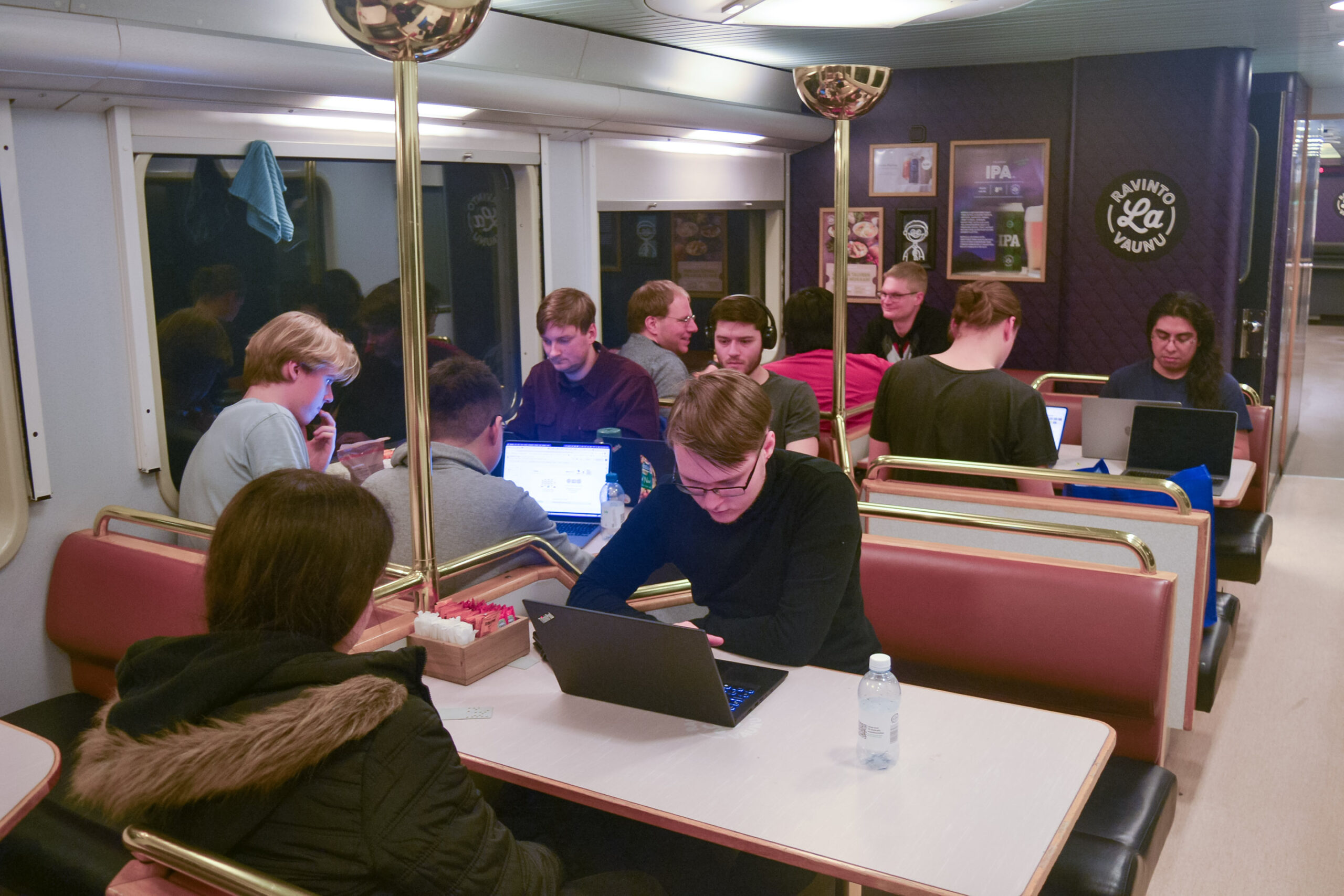
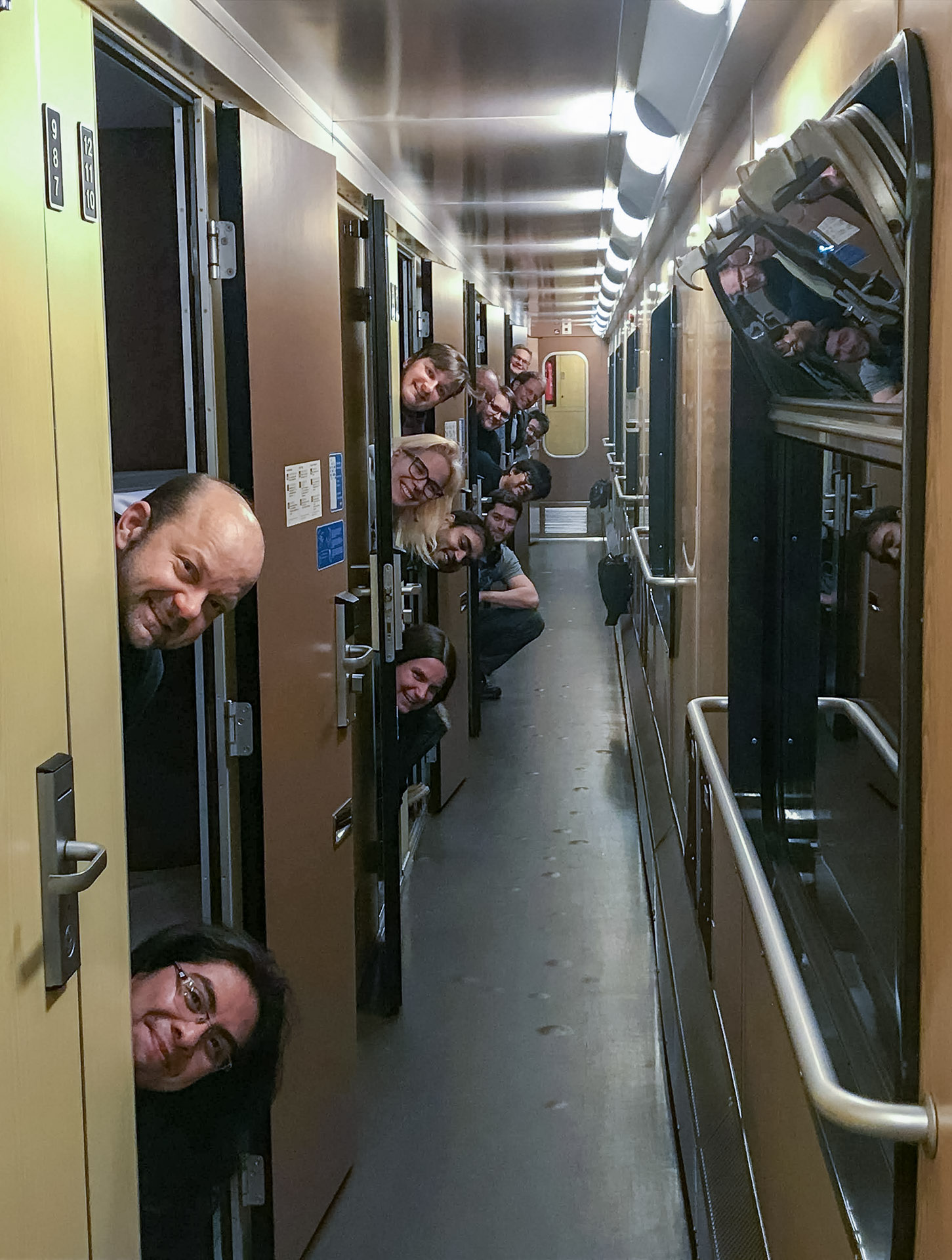
The journey to and from Kilpisjärvi, while long, was integral to the retreat’s experience, offering a time for reflection and enjoying the company of other group members. And it seems that there was a strong consensus in the tired but happily glistering eyes when the train approached Helsinki: to make this group retreat a recurring event.
Henning Kirschenmann
Tapio Lampén
CMS Programme, Helsinki Institute of Physics


